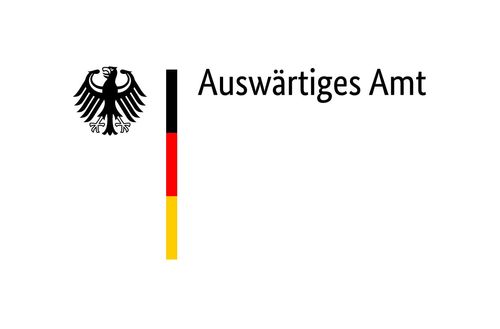Musée d‘ethnographie de l‘Université de Bordeaux
Daria Semenovna Kozlova describes a woman’s coat
“There are two types of traditional Sakha women’s coats. The first is called kytyylaach son. This coat is worn during the warm seasons — summer, autumn, and spring. It is lightly lined. The second type is an elegant winter coat for Sakha women, called buut(k)taach son. It is worn during the cold season, in winter. It is lined with fur, and the collar is also made of fur. Both coats follow the same cut and pattern. On the coat shown in the image, we see a very wide fur trim along the edge of the garment — even though this is actually a light summer coat. You can also see how the coat widens at the waist in its design. This feature is called kokora. It makes the coat more spacious so that, in the past, women could wear many layers of clothing underneath. For example, if it was a winter coat worn while traveling, it needed to accommodate several garments underneath. Additionally, six diamond-shaped amulets are sewn onto the chest.
According to the beliefs of their ancestors, seamstresses always sewed protective amulets onto their garments. That is also the case here — six such amulets have been sewn onto the coat. Just below them is the place where the hip ornament (өttүk simeҕe) is attached. This piece can also be fastened to the belt. At that time, the edgings of the coat were made from the pelts of aquatic animals — such as otter or beaver fur. Later on, lynx fur began to be used for the outer edges, to block cold air from entering from below. The lynx was also believed by the Sakha to possess healing and protective properties.”
Recoeded in yakutsk, 2024.



